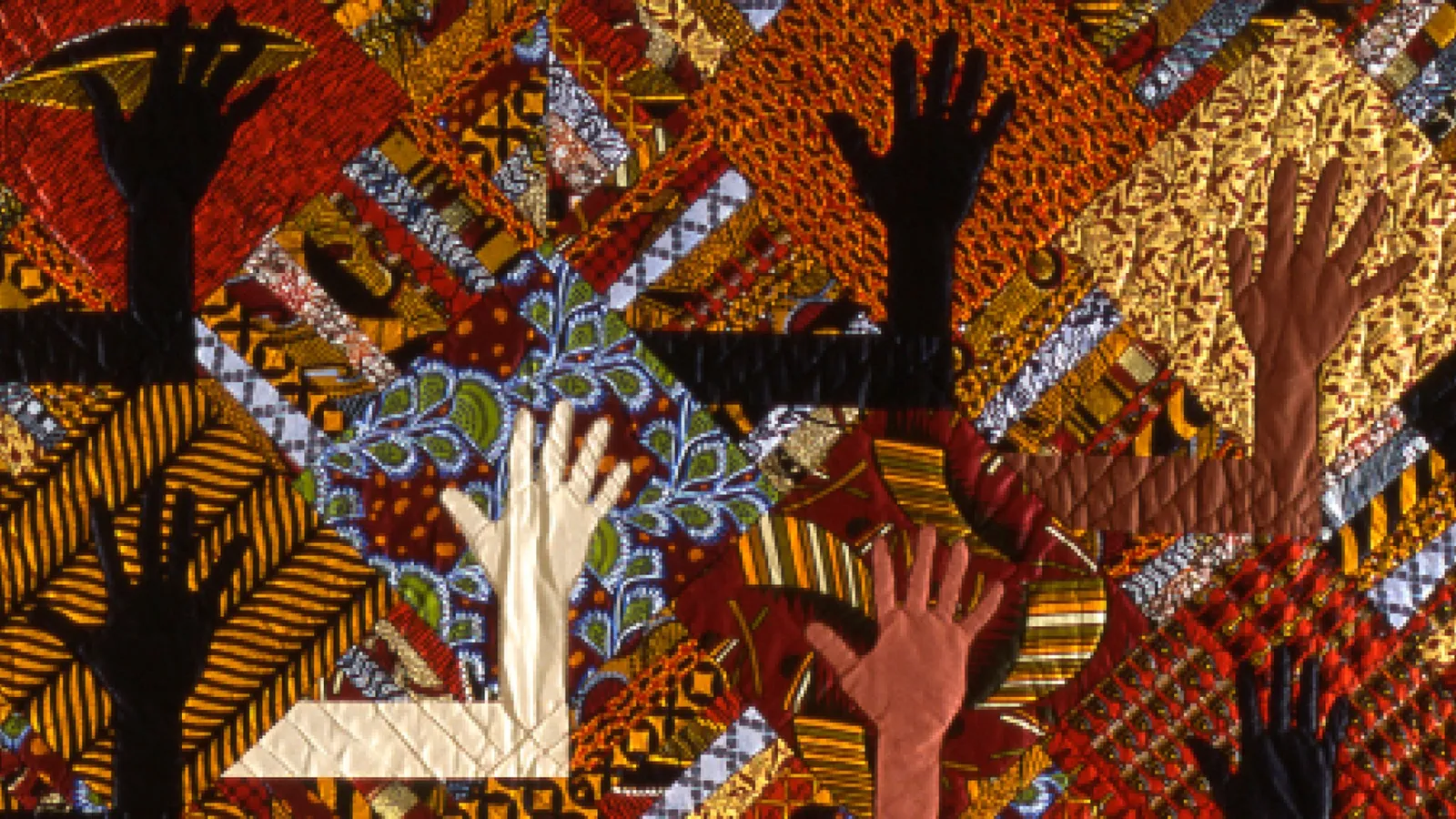Come, Follow Me Doctrine and Covenants
Articles of Faith and Official Declarations 1 and 2
Detail from To All Worthy Male Members, by Emma Allebes

Since Joseph Smith’s First Vision, God has continued to guide His Church by revelation. In some cases, that revelation has included changes to the policies and practices of the Church. Official Declarations 1 and 2 announced this kind of revelation—one led to the end of plural marriage, and the other made the blessings of the priesthood available to people of all races. Changes like these are part of what it means to have a “true and living church” (Doctrine and Covenants 1:30), with a true and living prophet, led by a true and living God.
But eternal truth doesn’t change, though our understanding of it does. And sometimes revelation casts additional light on truth. The Articles of Faith serve this clarifying purpose. The Church is solidly founded on eternal truth yet can grow and change “according as the Lord will, suiting his mercies according to the conditions of the children of men” (Doctrine and Covenants 46:15). In other words, “We believe all that God has revealed, all that He does now reveal, and we believe that He will yet reveal many great and important things pertaining to the Kingdom of God” (Articles of Faith 1:9).
Official Declaration 1: The Bible and the Book of Mormon teach that monogamy is God’s standard for marriage unless He declares otherwise (see 2 Samuel 12:7–8 and Jacob 2:27, 30). Following a revelation to Joseph Smith, the practice of plural marriage was instituted among Church members in the early 1840s (see section 132). From the 1860s to the 1880s, the United States government passed laws to make this religious practice illegal. These laws were eventually upheld by the U.S. Supreme Court. After receiving revelation, President Wilford Woodruff issued the following Manifesto, which was accepted by the Church as authoritative and binding on October 6, 1890. This led to the end of the practice of plural marriage in the Church.
Official Declaration 2: The Book of Mormon teaches that “all are alike unto God,” including “black and white, bond and free, male and female” (2 Nephi 26:33). Throughout the history of the Church, people of every race and ethnicity in many countries have been baptized and have lived as faithful members of the Church. During Joseph Smith’s lifetime, a few black male members of the Church were ordained to the priesthood. Early in its history, Church leaders stopped conferring the priesthood on black males of African descent. Church records offer no clear insights into the origins of this practice. Church leaders believed that a revelation from God was needed to alter this practice and prayerfully sought guidance. The revelation came to Church President Spencer W. Kimball and was affirmed to other Church leaders in the Salt Lake Temple on June 1, 1978. The revelation removed all restrictions with regard to race that once applied to the priesthood.
- Study and Teaching Helps: 2025 Doctrine & Covenants, Jonn Claybaugh
- Interpreter Radio Show — November 16, 2025, including Doctrine & Covenants in Context
- Come, Follow Me Study and Teaching Helps — Lesson 50: The Articles of Faith, Official Declarations 1 & 2 (2021), Jonn Claybaugh
- Audio Roundtable: Come, Follow Me Doctrine and Covenants Lesson 50 (The Articles of Faith, Official Declarations 1 & 2) (2021)
- LDS Perspectives Podcast: “The Genesis Group and the Priesthood Ban,” with members of the Genesis Group, LDS Perspectives, July 5, 2017
- Articles of Faith 13: Russell Stevenson FairMormon Conference Follow Up – Coming to Grips With Brigham Young and Race, Administration, August 19, 2014
- “Being Good Citizens” D&C 58:21-22, 26-28; D&C 98:4-10; 134; Articles of Faith 1:12, Taylor Halverson, October 13, 2013
- Scripture Roundtable: Book of Mormon Gospel Doctrine Lesson 40, “Then Will I Gather Them In”, Administration, October 11, 2016
- Scripture Roundtable: D&C Gospel Doctrine Lesson 15, "Seek Ye Earnestly the Best Gifts", Administration, March 20, 2017
- Scripture Roundtable: D&C Gospel Doctrine Lesson 42, Continuing Revelation to Latter-day Prophets, Administration, October 12, 2013
- Scripture Roundtable: D&C Gospel Doctrine Lesson 44, Being Good Citizens, Administration, October 12, 2013
- Scripture Roundtable: D&C Gospel Doctrine Lesson 46, "Zion—The Pure in Heart", Administration, October 30, 2013
- Not Leaving and Going On to Perfection, Matthew L. Bowen, August 7, 2015
- Scriptures through the Jeweler’s Lens, Mark J. Johnson, February 28, 2020


